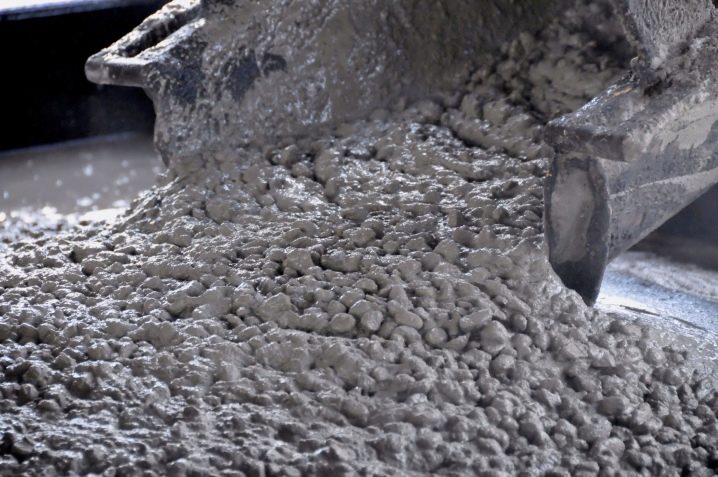Cement Fluid Loss Test
The Cement Fluid Loss Test is a critical procedure in oil and gas testing that evaluates the ability of cement to maintain its integrity under various conditions. This test ensures that the cement used for well construction can effectively seal off reservoir fluids, preventing leaks or failures during drilling operations.
In the context of the oil & gas sector, cement fluid loss refers to the phenomenon where cement loses its fluidity due to hydration reactions and the subsequent formation of a solid matrix. This test is particularly important because it helps in assessing the performance of the cement under different pressures and temperatures encountered during well construction.
The Cement Fluid Loss Test follows internationally recognized standards such as ISO, ASTM, and EN, ensuring that results are consistent and reliable across various jurisdictions. The test involves several steps: preparation of the cement slurry, application to a specialized test apparatus, and observation over time for any signs of fluid loss.
Understanding the parameters involved in this test is crucial for quality managers and R&D engineers who need to ensure that the cement used meets stringent standards. For compliance officers and procurement specialists, it provides insights into how different suppliers perform against these benchmarks.
| Parameter | Description |
|---|---|
| Cement Slurry Composition | The mixture of cement powder with water to form a paste-like substance that solidifies upon hydration. |
| Test Apparatus | A specialized vessel designed to simulate the conditions found in oil wells, including temperature and pressure. |
| Hydration Time | The duration required for the cement to fully hydrate and form a solid matrix. |
| Fluid Loss Rate | The rate at which fluid is lost from the cement slurry during hydration. |
The test is conducted in controlled laboratory conditions, where the cement slurry is placed into a vessel that simulates wellbore pressure and temperature. The apparatus allows for continuous monitoring of the cement's behavior over time. The primary goal is to determine how much fluid is lost from the slurry as it hydrates and forms a solid matrix.
This test is essential because it directly impacts the integrity and reliability of oil wells. A high fluid loss rate can lead to poor sealing, which may result in leaks or even well failures. Conversely, too low a fluid loss can indicate that the cement is not properly hydrating, again leading to potential issues with well integrity.
The results of this test are reported using internationally recognized standards, providing a clear and consistent measure of the cement's performance. This ensures that all stakeholders involved in oil well construction have a reliable basis for decision-making regarding the quality of materials used.
Scope and Methodology
- Cement Slurry Preparation: Mixing cement powder with water to achieve the desired consistency.
- Test Apparatus Setup: Assembling the test apparatus to simulate wellbore conditions, including temperature and pressure.
- Hydration Observation: Monitoring the hydration process over a specified period to observe any fluid loss.
The scope of this test includes evaluating the performance of cement slurry under simulated wellbore conditions. The methodology involves precise preparation of the cement slurry, careful setup of the testing apparatus, and continuous monitoring during the hydration process. This ensures that all variables are controlled to provide accurate results.
For detailed insights into how this test is performed, refer to international standards such as ASTM C1023 or ISO 7894-5:2012. These documents provide comprehensive guidance on the exact procedures and apparatus required for conducting a Cement Fluid Loss Test.
Benefits
The Cement Fluid Loss Test offers several benefits that are crucial in ensuring the safety, efficiency, and longevity of oil wells. By accurately measuring fluid loss during cement hydration, this test helps in identifying potential issues early on, allowing for corrective actions to be taken promptly.
One of the primary advantages is improved well integrity. Properly sealed wells reduce the risk of leaks, which can lead to environmental contamination or operational disruptions. Additionally, by ensuring that the cement hydrates correctly and forms a robust matrix, the test contributes to enhanced durability and reliability of oil wells.
The results of this test are also valuable for regulatory compliance, as they provide clear evidence of adherence to industry standards. This is particularly important in regions with stringent environmental regulations. Furthermore, by ensuring that the cement meets all required specifications, stakeholders can have confidence in the quality of materials used in well construction.
From a technical standpoint, this test helps in optimizing the formulation and application of cement slurry. By understanding how different factors affect fluid loss, engineers can fine-tune their processes to achieve optimal results. This not only improves operational efficiency but also reduces costs associated with poor performance or failures.
Why Choose This Test
- Precision: Accurate measurement of fluid loss during cement hydration.
- Regulatory Compliance: Ensures adherence to international standards and local regulations.
- Early Detection: Identifies potential issues early, allowing for timely interventions.
- Enhanced Integrity: Improves the reliability and longevity of oil wells.
- Cost Efficiency: Reduces operational costs by minimizing failures and rework.
Selecting the Cement Fluid Loss Test is essential for any organization involved in oil well construction. The precision with which this test measures fluid loss ensures that every aspect of cement performance is thoroughly evaluated. This, in turn, helps in maintaining strict compliance with regulatory requirements, thereby avoiding potential legal issues and fines.
The ability to detect problems early can significantly reduce the cost associated with delays or failures. By ensuring that the cement meets all necessary specifications, this test contributes to enhancing the overall integrity of oil wells, leading to more efficient operations and longer service life.





